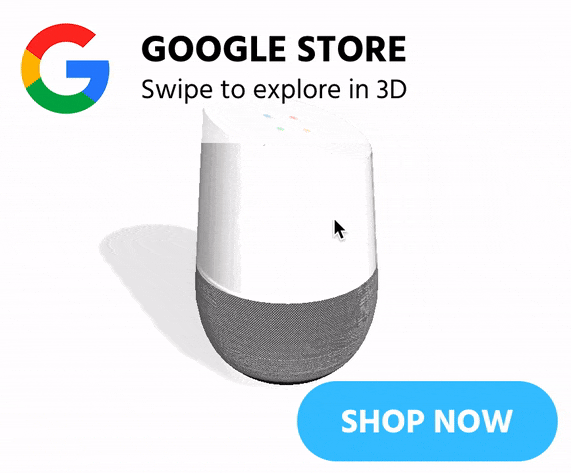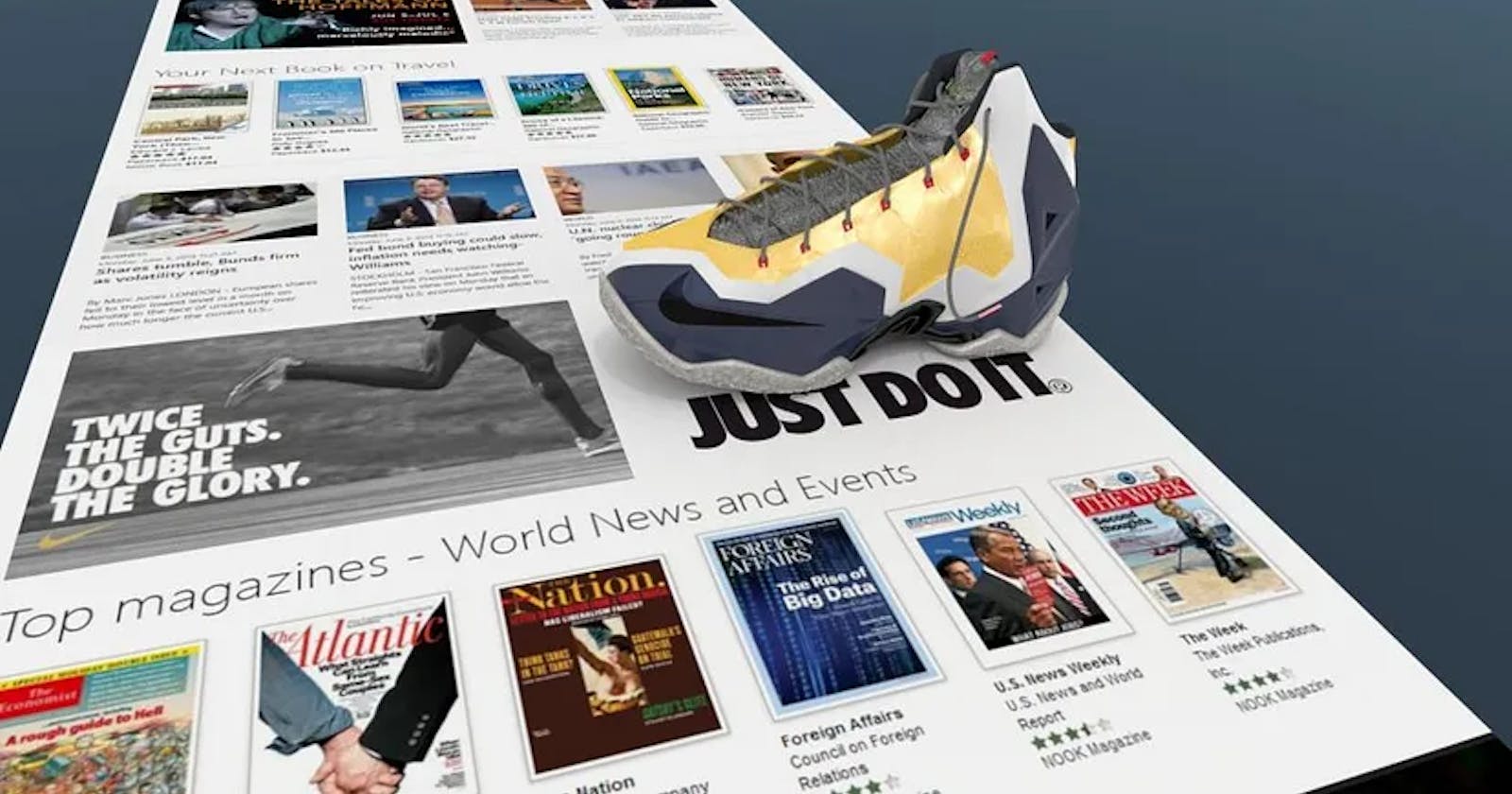The goal:
This article will delve into the concept of 3D marketing, its benefits, applications, and its potential to revolutionize the advertising landscape.
In today's digital age, advertising has become increasingly competitive, with brands vying for consumers' attention in a cluttered marketplace. To stand out from the crowd, marketers are constantly seeking innovative ways to engage their audience. One such revolutionary approach is 3D marketing, which has emerged as a game-changer in the advertising industry.
Introduction
In the fast-paced world of advertising, staying ahead of the curve is crucial. Traditional advertising methods are no longer sufficient to capture consumers' attention and leave a lasting impact. This is where 3D marketing comes into play. By leveraging cutting-edge technologies, such as Virtual Reality (VR), Augmented Reality (AR), and Interactive 3D viewers, marketers can create immersive experiences that captivate their target audience.
Understanding 3D Marketing

3D marketing involves the use of three-dimensional elements to enhance the advertising experience. It goes beyond the traditional two-dimensional approach by adding depth, interactivity, and realism to marketing campaigns.
This dynamic and engaging format allows brands to connect with consumers on a deeper level, making their message more memorable and persuasive.
The Evolution of Advertising
Advertising has come a long way since its inception. From simple print ads to radio commercials, television commercials, and online banner ads, marketers have always adapted to new mediums.
The advent of the internet and digital technologies opened up new avenues for advertising, paving the way for 3D marketing to flourish.
The Benefits of 3D Marketing
Enhanced Customer Engagement: 3D marketing offers an unparalleled level of engagement by immersing customers in captivating experiences. By leveraging technologies like VR and AR, brands can transport consumers into virtual worlds, allowing them to interact with products and services like never before.
Boosting Brand Awareness and Recall: With 3D marketing, brands can create visually stunning and emotionally engaging content that leaves a lasting impression on consumers' minds. The immersive nature of 3D experiences enhances brand recall and helps establish a strong connection with the target audience.
Applications of 3D Marketing
**1. Virtual Reality (VR) Advertising
**Virtual reality advertising enables brands to create fully immersive experiences. By wearing a VR headset, users can be transported to virtual environments where they can interact with products, explore simulated spaces, and even participate in virtual events. This technology has proven particularly effective in industries such as real estate, travel, and entertainment.
**2. Augmented Reality (AR) Advertising
**Augmented reality advertising overlays digital content onto the real world, enhancing users' perception of their surroundings. AR can be experienced through smartphones, tablets, or smart glasses, making it accessible to a wide audience. AR campaigns allow users to visualize products in their own environment, try virtual try-ons, or play interactive AR games.
**3. Interactive 3D Product Viewer
**Interactive 3D product viewer enables consumers to engage with virtual representations of products. These displays can be embedded on websites, social media, or mobile apps, allowing users to rotate, zoom in, and customize products in real-time. This immersive experience helps customers make informed purchasing decisions and fosters a sense of ownership.

Demo of a 3D Ad for Google Home
The Future of 3D Marketing
**1 Advancements in Technology
**As technology continues to evolve, the potential for 3D marketing will expand even further. Advancements in hardware, software, and rendering capabilities will enable more realistic and immersive experiences. Emerging technologies like haptic feedback and eye-tracking will add new dimensions to 3D marketing, enhancing user engagement and personalization.
**2 Integration with E-commerce
**The integration of 3D marketing with e-commerce will reshape the online shopping experience. Virtual product try-ons, 3D product visualization, and interactive shopping interfaces will become more commonplace. Brands that embrace this integration will create a seamless journey for customers, allowing them to make informed purchasing decisions and reducing the barrier between online browsing and offline shopping.
**3 Ethical Considerations
**As 3D marketing becomes more pervasive, ethical considerations must be addressed. Privacy concerns related to data collection and user tracking require transparent policies and safeguards. Brands must ensure that the immersive experiences they create are inclusive, respectful, and aligned with ethical standards. Responsible implementation of 3D marketing will be essential to maintain consumer trust and protect user rights.
Conclusion
In an era where digital experiences are becoming increasingly vital, 3D marketing offers a powerful tool for businesses to connect with their audience on a whole new level. By leveraging AR, VR, and immersive web experiences, companies can create unforgettable brand journeys, enhance product visualization, and drive customer engagement.
